Home>Garden Essentials>How To Set Up A Play Area For A Bird


Garden Essentials
How To Set Up A Play Area For A Bird
Modified: March 7, 2024
Learn how to create the perfect play area for your bird in your garden. Discover essential tips and tricks for setting up a bird-friendly environment.
(Many of the links in this article redirect to a specific reviewed product. Your purchase of these products through affiliate links helps to generate commission for Storables.com, at no extra cost. Learn more)
Introduction
Creating a play area for your pet bird is not only a great way to keep them entertained and stimulated, but it also provides them with a safe space to exercise and explore. A well-designed play area can offer a variety of activities that mimic a bird’s natural habitat, helping to maintain their physical and mental well-being.
When setting up a play area for your bird, it’s essential to consider their specific needs and preferences. Each bird species has different requirements, so it’s crucial to research and understand what is suitable for your feathered friend. With the right location, equipment, and accessories, you can create a fun and engaging environment that will bring joy and enrichment to your bird’s life.
Whether you have a small parakeet or a large macaw, this guide will walk you through the process of setting up an ideal play area for your bird. From choosing the right location to providing perches, toys, and safety measures, we’ll cover everything you need to know to ensure your pet bird’s happiness and well-being.
So, let’s dive in and discover how you can create the perfect play area to keep your feathered friend entertained, engaged, and thriving!
Key Takeaways:
- Create a safe and stimulating play area for your bird by choosing the right location, providing perches and toys, and ensuring regular maintenance. Keep your feathered friend happy and healthy with a well-designed environment.
- Prioritize your bird’s safety and comfort in their play area by considering their specific needs, providing a variety of toys and perches, and practicing regular upkeep. Watch your bird thrive in their engaging and secure space!
Read more: How To Set Up Play Area With Vive
Choosing the Right Location
When it comes to setting up a play area for your bird, selecting the right location is crucial. Birds are social creatures and enjoy being part of the family’s daily activities, so it’s best to choose an area in a commonly used room where the bird can observe and interact with you and other household members.
Additionally, consider the temperature and lighting in the chosen location. Birds are sensitive to environmental changes, so it’s essential to avoid placing the play area near drafty windows or in direct sunlight. The ideal temperature range for most pet birds is between 65°F and 80°F (18°C to 27°C), so ensure the play area is situated in a comfortable environment.
Furthermore, it’s crucial to keep the play area away from potential hazards. Avoid areas with heavy traffic, loud noises, or excessive activity that could startle or stress your bird. Additionally, keep the play area away from the kitchen or any rooms where harmful fumes, smoke, or toxic substances may be present.
Remember, birds thrive on routine and stability. It’s best to choose a location for the play area that will remain relatively undisturbed and consistent. This will ensure that your bird feels secure and can establish their own sense of territory within the play area.
By considering these factors, you can select an ideal location that provides a safe, comfortable, and stimulating environment for your bird. Once you’ve found the perfect spot, it’s time to move on to the next step: selecting the play area.
Selecting the Play Area
When selecting the play area for your bird, it’s important to provide a space that offers both physical and mental stimulation. This area should replicate the bird’s natural habitat, allowing them to climb, fly, and explore.
Consider the size of your bird and the available space in your home. Birds need room to stretch their wings and move around comfortably. If you have a small bird, a tabletop play area or a dedicated stand can suffice. For larger birds, a freestanding play gym or a playpen is more suitable.
When choosing a play area, opt for materials that are bird-safe and easy to clean. Natural wood stands or perches made from non-toxic materials are preferable. Avoid using metal or plastic materials that can be harmful if chewed or ingested. The play area should also have a solid base to ensure stability and prevent tipping.
You may choose to have a permanent play area or a portable one that can be moved around the house. Having a portable play area allows you to provide a change of scenery for your bird and keeps them engaged in different parts of the home. However, ensure that the play area is secure and stable to prevent accidents.
Finally, consider the height and arrangement of the play area. Birds enjoy being at different levels, so include multiple perches at varying heights. This will give your bird options for climbing, perching, and observing their surroundings. You can also add ladders, ropes, or branches to create more opportunities for exercise and play.
By selecting a well-designed play area, you can provide a stimulating and engaging environment for your bird. Once you’ve set up the play area, it’s time to move on to the next step: providing perches and branches.
Providing Perches and Branches
Perches and branches are essential components of a bird’s play area. They serve as resting spots, exercise stations, and natural perches that mimic the bird’s natural habitat. It’s important to offer a variety of perches and branches to promote foot health and provide mental stimulation.
When selecting perches, choose different diameters and textures to exercise your bird’s feet and prevent foot problems. Some perches can be smooth, while others can have rough surfaces or bark. This variety helps to keep your bird’s feet healthy and strong.
Branches are an excellent addition to the play area as they provide a more natural and realistic environment for your bird. Ensure the branches are from non-toxic trees and have been properly cleaned and sanitized to remove any potential pests or harmful substances. Choose branches that are thick enough to support your bird’s weight and provide sufficient balance.
Consider installing perches and branches at different heights and angles, creating a stimulating and dynamic environment for your bird. Birds love to hop, climb, and balance on different surfaces, so providing various levels and textures will keep them entertained and active.
In addition to perches and branches, consider adding swings or hanging toys to the play area. Swings offer a fun way for your bird to exercise and stimulate their muscles. Hanging toys provide mental stimulation and encourage problem-solving skills. Make sure the toys are bird-safe and regularly rotate them to keep your bird engaged.
Remember to regularly inspect and clean the perches and branches in your bird’s play area. Over time, they may become soiled or damaged and need to be replaced. Providing a clean and safe environment will help keep your bird healthy and happy.
With perches and branches in place, your bird will have a comfortable and engaging space to play. Now, it’s time to move on to the next step: installing toys and accessories.
Installing Toys and Accessories
Toys and accessories are essential for keeping your bird entertained, engaged, and mentally stimulated in their play area. They provide opportunities for exploration, physical activity, and mental enrichment. When selecting toys and accessories, consider your bird’s species, size, and preferences.
First, provide a variety of chewing toys. Birds have a natural instinct to chew, and providing appropriate chewing toys helps to keep their beaks healthy and prevents boredom. Look for toys made from bird-safe materials, such as untreated wood, natural fibers, or vegetable-based dyes.
Next, include interactive toys that encourage problem-solving and mental stimulation. Puzzle toys or foraging toys with hidden treats can keep your bird entertained and provide mental exercise. These toys mimic natural foraging behavior, keeping your bird engaged and challenged.
Hanging toys, bells, and mirrors can also be great additions to the play area. Birds are highly visual and enjoy interacting with shiny objects or seeing their own reflection. Ensure that any mirrors are bird-safe and unbreakable to prevent accidents.
Rotate and introduce new toys regularly to prevent boredom. Birds can quickly lose interest in toys, so swapping them out and providing variety helps to keep them engaged and entertained. Additionally, consider your bird’s play style and preferences. Some birds enjoy swinging or hanging toys, while others prefer climbing or interactive toys.
Keep in mind that safety is paramount when selecting toys and accessories. Avoid toys with small parts that could be swallowed and ensure that all components are securely attached. Regularly inspect toys for any signs of wear or damage to prevent accidents.
Remember to place the toys and accessories strategically throughout the play area, providing different heights and locations for your bird to discover and interact with. This creates a stimulating and enriching environment that will keep your feathered friend entertained for hours.
With toys and accessories installed, your bird’s play area is now complete. However, it’s important to consider safety measures to ensure your bird’s well-being. Let’s explore that in the next section.
Provide a variety of perches, toys, and foraging opportunities in the play area to keep your bird mentally and physically stimulated. Rotate and change the items regularly to prevent boredom.
Read more: How To Set Up A Puppy Play Area
Ensuring Safety Measures
Keeping your bird safe in their play area is of utmost importance. With a few simple safety measures, you can provide a secure environment for your feathered friend to play and explore.
First and foremost, ensure that the play area is free from potential hazards. Remove any toxic plants, household chemicals, or objects that could be harmful if ingested. Birds are curious creatures and may investigate unfamiliar items, so be mindful of what is within their reach.
Check the play area regularly for any sharp edges, loose parts, or potential entrapments. Secure all accessories, perches, and toys properly to prevent accidents. Avoid using materials that can be easily shredded or chewed apart, as small pieces may pose a choking hazard.
Position the play area away from windows, as birds may fly into the glass if they become startled. Additionally, keep the play area clear of dangling cords or wires that your bird may become entangled in.
Another crucial safety measure is to ensure that your bird cannot escape from the play area. This is especially important if the play area is not fully enclosed. Consider using bird-safe netting or acrylic barriers to prevent your bird from flying out.
Monitor the temperature and humidity levels in the play area. Ensure that it remains within the optimal range for your bird’s species. Extreme temperature fluctuations or high humidity can be detrimental to their health.
Supervision is essential whenever your bird is in the play area. Although the area is designed to be safe, accidents can still happen. Keep a close eye on your bird to prevent any mishaps and be ready to intervene if necessary.
Finally, remember that each bird is unique, and their safety needs may vary. Always consider your bird’s behavior, physical abilities, and individual preferences when assessing the safety of their play area.
By implementing these safety measures, you can provide a secure and worry-free play area for your bird. With safety in mind, it’s time to focus on creating a comfortable environment for your feathered friend.
Creating a Comfortable Environment
A comfortable environment is essential for your bird’s well-being in their play area. By focusing on their physical and emotional needs, you can ensure that they feel secure and at ease.
Start by ensuring that the play area is well-lit, but not excessively bright. Natural light is ideal, but if that’s not possible, provide a full-spectrum light source to mimic natural sunlight. This helps to regulate your bird’s circadian rhythm and promotes healthy sleep patterns.
Consider the airflow in the play area. Birds need fresh air, so ensure that there is proper ventilation without any drafts. Avoid placing the play area in areas prone to temperature fluctuations, as this can make your bird uncomfortable.
Provide access to fresh water within the play area. Having a water dish or a small bird bath will allow your feathered friend to hydrate and engage in their natural grooming behaviors. Keep the water clean and change it regularly to prevent contamination.
Adding a cozy nesting area or a small shelter in the play area can provide a sense of security for your bird. Provide nesting materials, such as paper or soft fabric, for them to create a cozy nesting space if they desire.
Consider adding background noise or ambient sounds to create a soothing atmosphere for your bird. Soft music or nature sounds can provide a sense of calm and mimic the sounds they would encounter in their natural environment.
Ensure that the play area is kept clean and free from debris. Regularly sweep or vacuum the area to remove any dirt or feathers. Clean and sanitize the perches, accessories, and toys regularly to prevent the build-up of bacteria or mold.
Lastly, spend quality time with your bird in their play area. Birds are social creatures and thrive on interaction and companionship. Engage in play sessions with them, talk to them, and offer treats or positive reinforcement. This will create a positive association with the play area and enhance their overall well-being.
By creating a comfortable and inviting environment, you will ensure that your bird enjoys their play area to the fullest. With a cozy space for them to explore, it’s important to maintain and care for their play area effectively. Let’s dive into the final section: regular maintenance and upkeep.
Regular Maintenance and Upkeep
Maintaining and regularly updating your bird’s play area is essential to ensure their safety, health, and continued enjoyment. By following a few simple maintenance steps, you can keep the play area in optimal condition.
Start by conducting routine inspections of the play area. Check for any signs of wear and tear, loose parts, or damaged accessories. Repair or replace any items that are damaged or no longer safe for your bird to use.
Clean the play area regularly to remove dirt, debris, and droppings. Wipe down surfaces with bird-safe disinfectants to prevent the growth of bacteria or mold. Pay attention to corners, perches, and toys as these can be areas where dirt accumulates.
Inspect perches and branches for any signs of damage or wear. Replace them if they become too worn or splintered. Ensure that perches are securely attached and not loose or unstable.
Regularly rotate and introduce new toys to keep your bird engaged and stimulated. Clean and sanitize toys as needed, especially if they become soiled or chewed. Variety is key to avoid boredom, so periodically change the arrangement and placement of toys in the play area.
Monitor your bird’s behavior and engagement in the play area. Observe if they are enjoying certain toys or perches more than others, and adjust accordingly. Birds have their preferences, and providing options will keep them entertained and interested.
Pay attention to the condition of water dishes or bird baths within the play area. Replace the water regularly to ensure cleanliness and prevent the growth of harmful bacteria. Clean the dishes thoroughly with hot water and mild soap to maintain proper hygiene.
Regularly communicate and interact with your bird while they are in the play area. Observe their behavior and monitor their overall health. This allows you to spot any changes or signs of distress and address them promptly.
Lastly, ensure that the play area remains a safe and secure environment. Regularly check for potential hazards, such as loose perches or toys, and address them immediately. Make any necessary adjustments to maintain the structural integrity and stability of the play area.
By following a routine maintenance schedule and staying attentive to your bird’s needs, you can keep their play area clean, safe, and enjoyable. Regular upkeep will ensure that the play area continues to provide your bird with the physical and mental stimulation they need to thrive.
With regular maintenance and upkeep covered, your bird’s play area is ready to provide them with countless hours of fun and enrichment. Remember to enjoy the time you spend with your feathered friend in their play area and create memorable moments together!
To conclude, providing a well-designed and engaging play area for your bird is essential for their physical and mental well-being. By selecting the right location, choosing appropriate equipment and accessories, ensuring safety, creating a comfortable environment, and practicing regular maintenance, you can create a play area that meets all of your bird’s needs. So, get ready to watch your feathered companion soar with joy in their new play area!
Conclusion
Setting up a play area for your bird is a wonderful way to provide them with entertainment, exercise, and mental stimulation. By carefully selecting the right location, choosing suitable equipment and accessories, ensuring safety measures, creating a comfortable environment, and practicing regular maintenance, you can create a play area that promotes your bird’s overall well-being.
Remember to consider your bird’s specific needs and preferences when designing the play area. Each bird species is unique, and understanding their natural behaviors and instincts will guide you in creating the ideal space for them to explore and enjoy.
From perches and branches to toys and accessories, offer a variety of options that replicate their natural habitat. This will not only keep them physically active but also mentally engaged, preventing boredom and enhancing their overall happiness.
Throughout the process, prioritize safety. Regular inspections, cleaning, and ensuring a hazard-free environment will minimize the risk of accidents and promote a secure play area for your bird.
Finally, remember that your bird’s play area should be a comfortable and inviting space for them. Take into account their lighting, airflow, hydration needs, comfort, and mental well-being. Incorporate elements that provide a sense of security, such as cozy nesting areas or comforting background sounds.
Maintain and update the play area regularly to keep it fresh and stimulating. Rotate toys, clean perches and accessories, and interact with your bird to keep their playtime engaging and enjoyable.
By following these guidelines, you can create a play area that enriches your bird’s life, fostering their physical and mental health, and strengthening the bond between you and your feathered companion.
So, embark on this journey of creating a captivating play area for your bird and watch as they spread their wings and explore their newfound haven of fun and stimulation!
Frequently Asked Questions about How To Set Up A Play Area For A Bird
Was this page helpful?
At Storables.com, we guarantee accurate and reliable information. Our content, validated by Expert Board Contributors, is crafted following stringent Editorial Policies. We're committed to providing you with well-researched, expert-backed insights for all your informational needs.

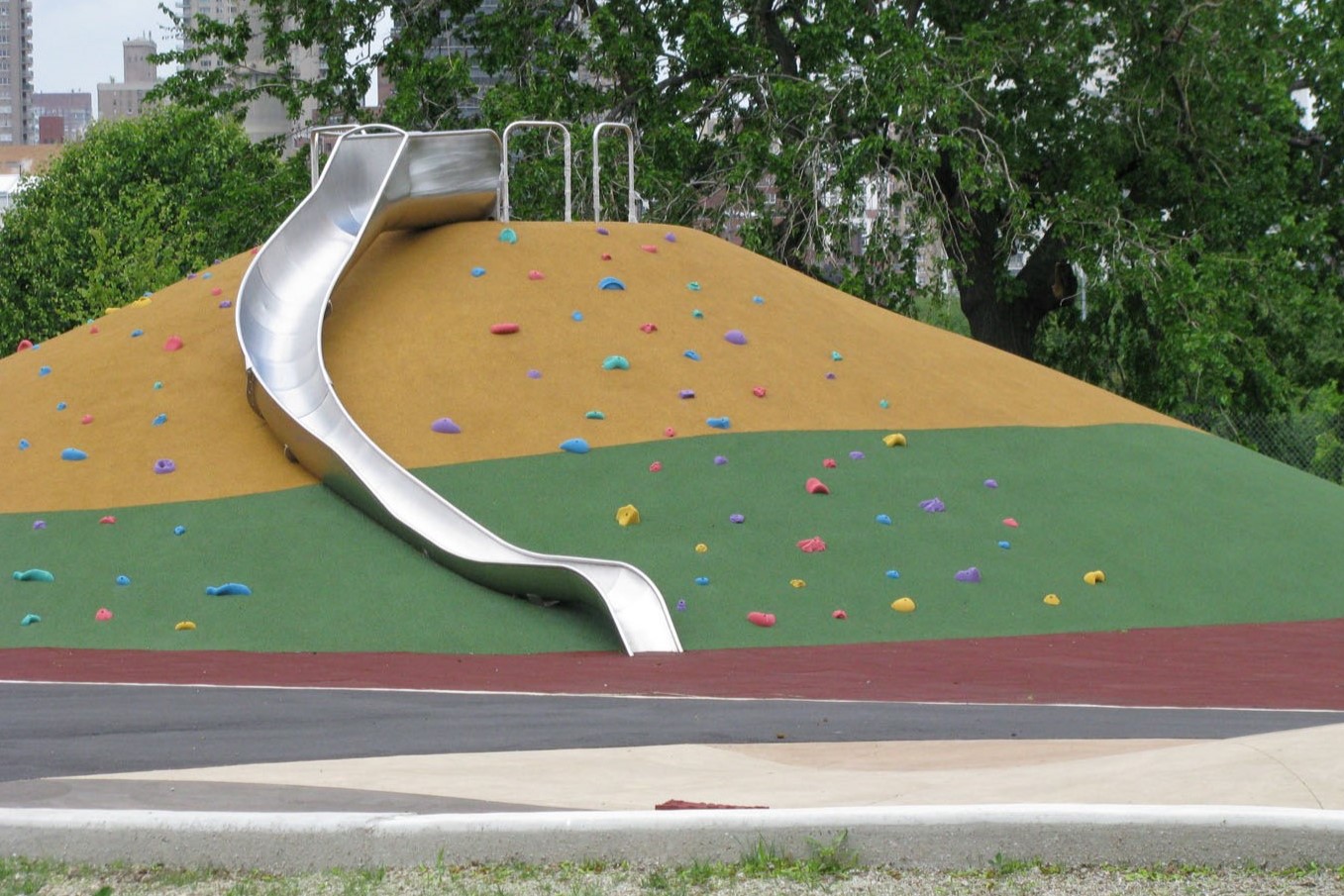





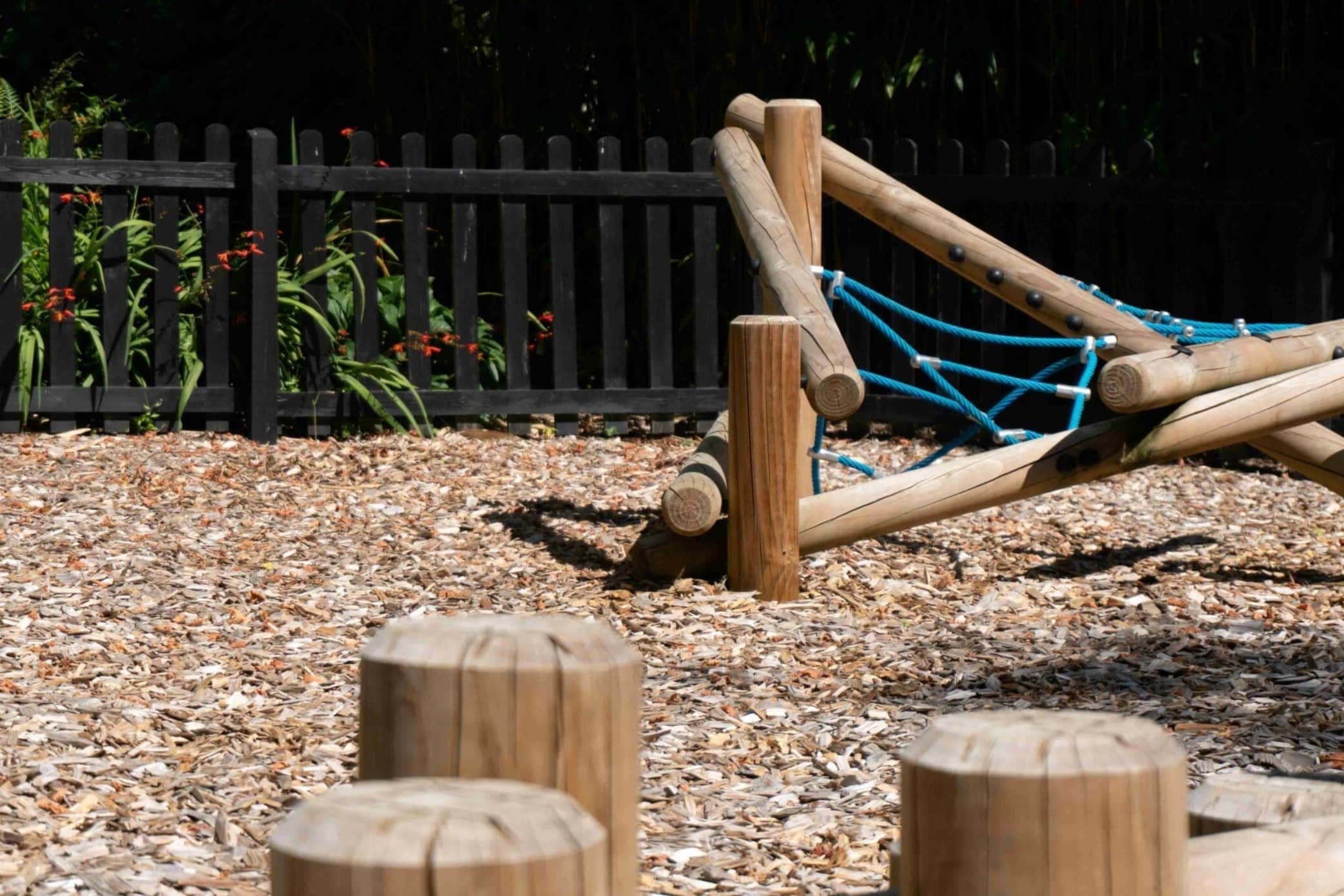
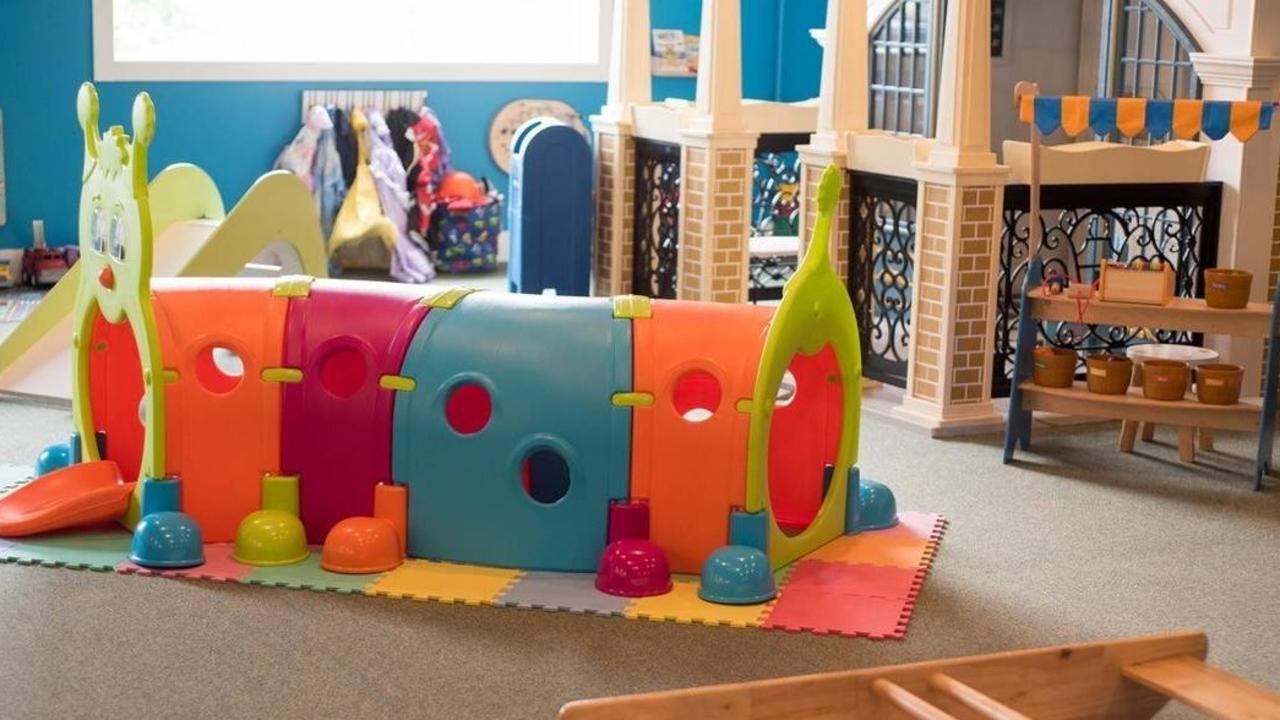


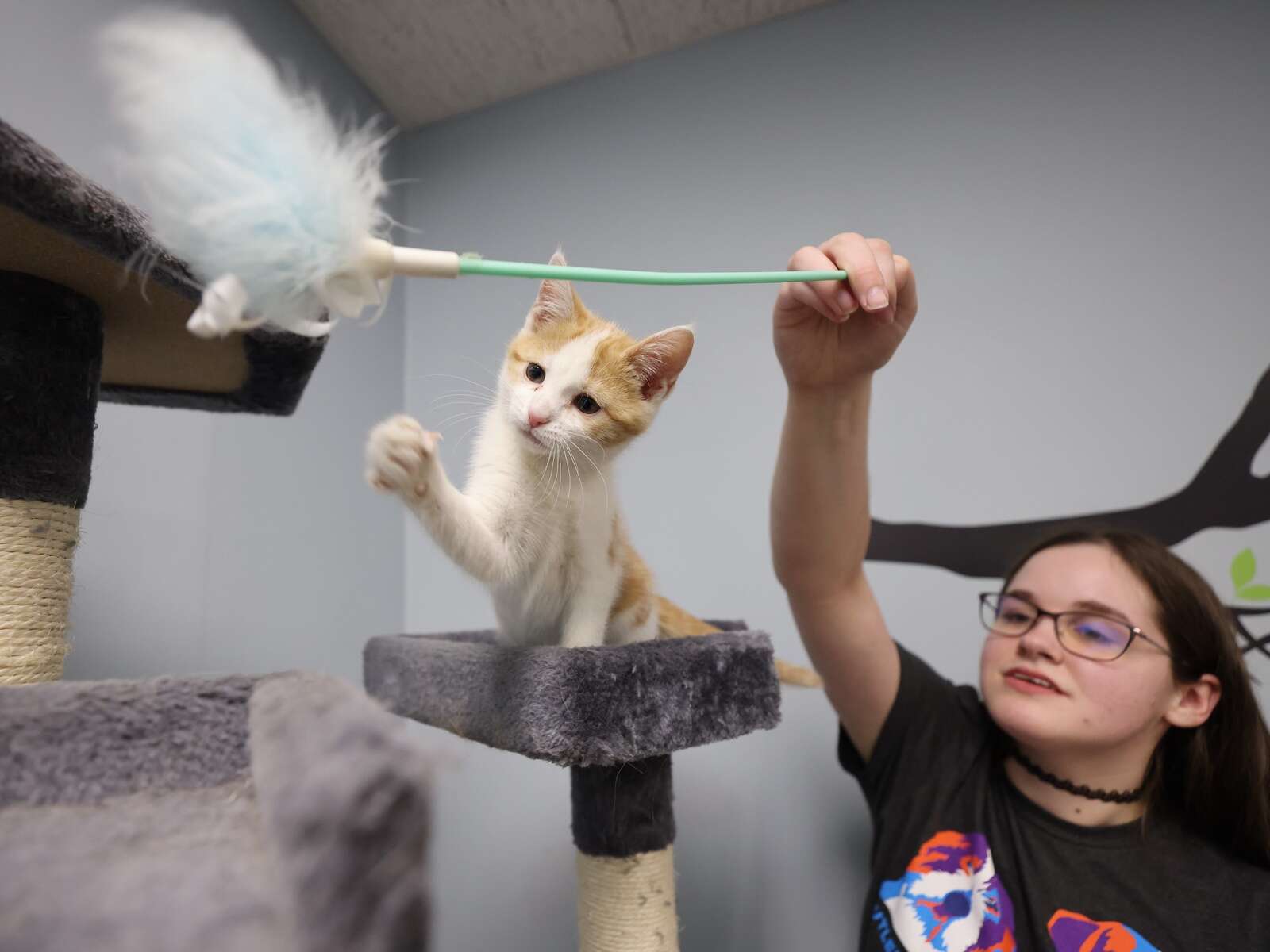
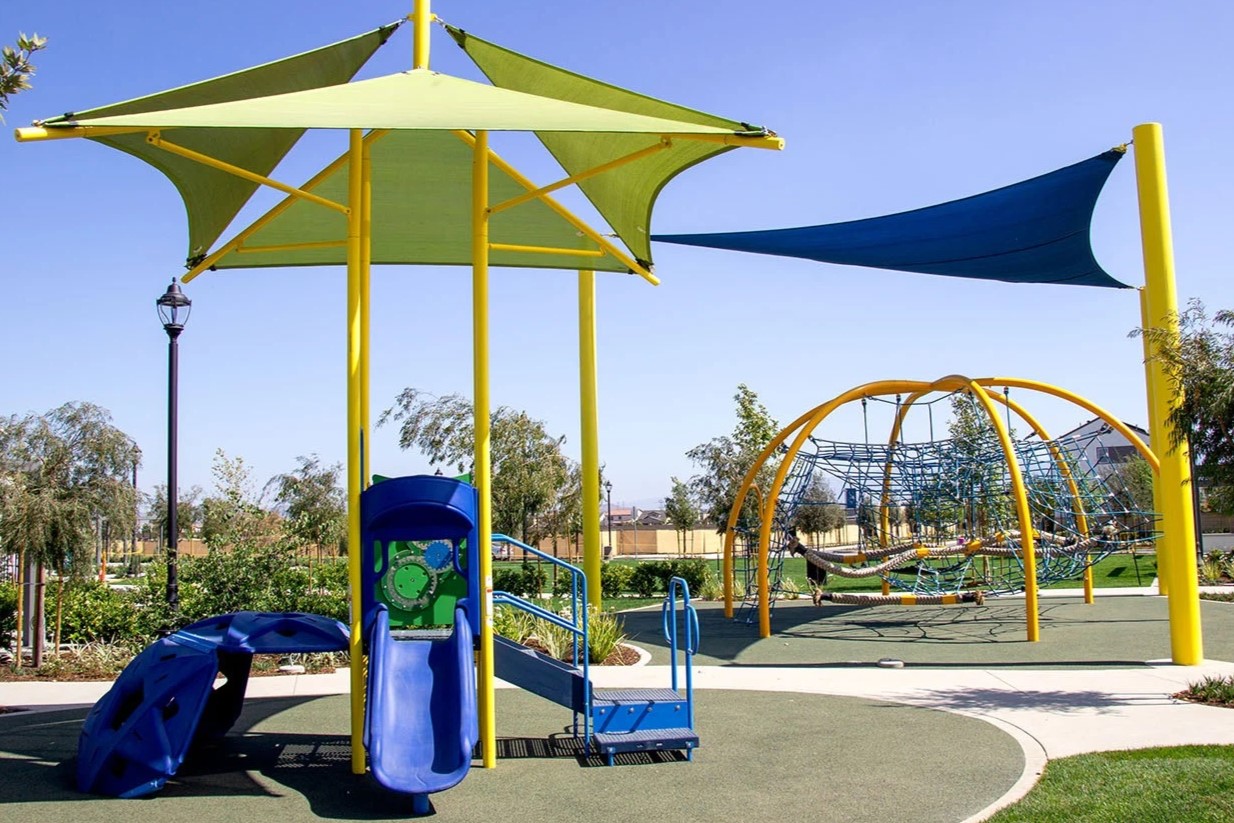


0 thoughts on “How To Set Up A Play Area For A Bird”